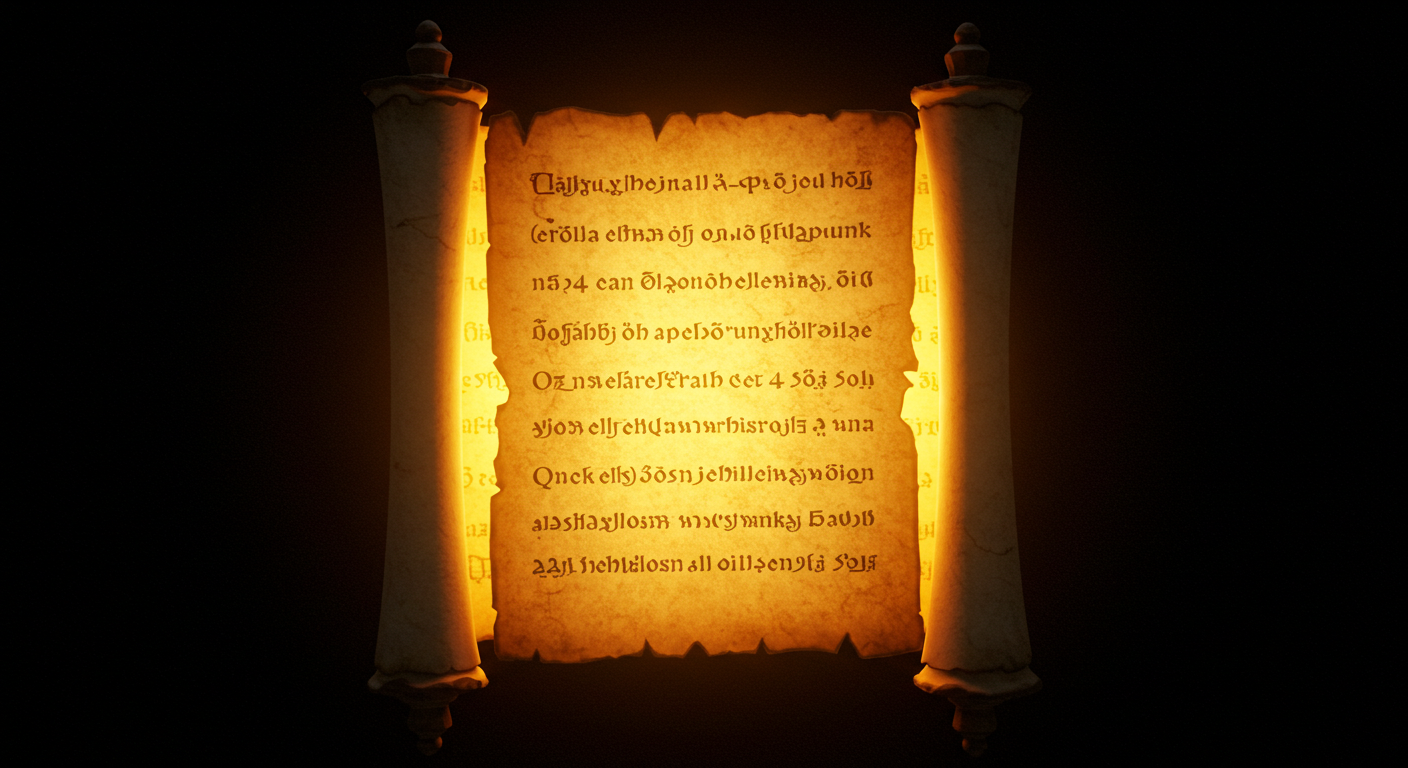Discover the symbolism and divine intervention in Daniel 3:25’s Fiery Furnace tale. Unpack its historical, cultural, and theological layers. Read now to uncover deeper truths.
The Fiery Furnace: Discovering The Fourth Man – Daniel 3:25
The ancient world teems with poignant stories and profound mysteries, and among the most intriguing is the tale of the Fiery Furnace in the book of Daniel. Daniel 3:25 is a verse draped in layers of symbolism, rich with prophetic meaning, and loaded with theological implications. As we delve into this story, we not only uncover the historical and cultural context of the time but also discover deeper insights into the nature of divine intervention and faith.
Introduction to Prophetic Visions
Definition of Prophetic Visions
Prophetic visions are vivid, often symbolic depictions of divine messages delivered through the sensory experiences of prophets. These visions serve significant roles in the Bible, acting as celestial telegrams bearing God’s intentions, warnings, or promises. The unique aspect of prophetic visions lies in their rich tapestry of imagery, compelling recipients and readers alike to deepen their understanding of spiritual truths.
Purpose of Prophetic Visions
God employed prophetic visions to communicate profound messages that transcended ordinary understanding. They revealed His plans, instructed His people, and sometimes reminded them of their covenant obligations. By using such vivid and often startling imagery, God ensured that the messages would be remembered and conveyed with a sense of urgency and importance.
Historical and Cultural Context
Prophetic visions often emerged in tumultuous times marked by political upheavals, wars, and societal changes. For the Israelites, these visions were more than just divine messages—they were beacons of hope, divine reassurance, and calls to repentance amid chaos and uncertainty. Understanding the historical and cultural backdrop of these visions provides a clearer lens through which to interpret their meanings and implications.
Context of Each Prophetic Vision
Scriptural Background
The story of the Fiery Furnace is predominantly found in Daniel 3. King Nebuchadnezzar of Babylon, displaying his might and arrogance, erected a massive golden statue and decreed that everyone must bow to it. Defying this decree, three Hebrew men—Shadrach, Meshach, and Abednego—stood firm in their faith, refusing to worship the idol. Their insubordination led to their capture and subsequent condemnation to death in a blazing furnace.
Prophet’s Role and Mission
While Daniel is the central prophetic figure in the book bearing his name, this particular story highlights his companions. Shadrach, Meshach, and Abednego faced the daunting challenge of standing against an imperial decree. Their mission was clear – to stay true to their God amidst severe persecution, demonstrating an unwavering faith that would inspire generations to come.

Vision’s Imagery and Symbolism
The fiery furnace itself is rich in symbolism. Fire, throughout the Bible, often represents God’s presence, judgment, and purification. As Shadrach, Meshach, and Abednego were thrown into the furnace, their survival—and the appearance of a mysterious fourth figure—transformed the narrative from one of impending doom to divine salvation. The fourth man, described as looking “like a son of the gods” (Daniel 3:25), has been interpreted as a pre-incarnate appearance of Christ or an angelic being, symbolizing divine protection and presence in times of extreme trial.
Theological Significance
The story underscores God’s sovereignty and His power to save His faithful followers against all odds. It reflects themes of divine intervention, the power of faith, and the ultimate futility of earthly dominions against divine will. The presence of the fourth man in the furnace not only assures the faithful of divine companionship but also points to the greater narrative of redemption and salvation found throughout the Bible.
Interpretation of the Vision’s Message
Immediate Message for the Original Audience
For the original Jewish audience in exile, the story of the Fiery Furnace was a striking reminder that God was with them, even in foreign lands and under oppressive rulers. It conveyed a pivotal message: steadfast faith in God elicits divine protection, regardless of the apparent peril.
Prophetic Fulfillment
Historically, the account of the Fiery Furnace serves as a testament to God’s direct intervention in protecting His people. Spiritually, it mirrors the ultimate deliverance promised in biblical prophecy, where the faithful are saved from eternal peril through divine intervention.
Relevance to Modern Readers
Modern believers can draw numerous lessons from this story. It emphasizes the importance of unwavering faith, the reality that persecution for one’s beliefs can lead to divine consolation, and the reassurance that God is present in life’s fiery trials. In an ever-changing world filled with uncertainties, this story continues to inspire courage, fidelity, and hope.
Comparative Analysis
Comparison with Other Biblical Visions
The vision of the Fiery Furnace can be juxtaposed with other dramatic biblical visions, such as Ezekiel’s vision of God’s chariot or Jacob’s dream of the ladder. Each vision, while unique, collectively contributes to the corpus of biblical prophecy by reinforcing themes of divine presence, protection, and revelation. In Ezekiel’s vision, the four faces represent different aspects of God’s creation and dominion. In Jacob’s dream, the ladder signifies communication between heaven and earth, just as the fourth man in the furnace signifies divine intervention and reassurance.
Historical and Eschatological Perspectives
Over centuries, scholars and theologians have interpreted the Fiery Furnace vision through various lenses. Historically, it has been seen as a literal event affirming God’s miraculous powers. In eschatological studies, it represents a foreshadowing of divine intervention in end-times events, where the faithful will be saved from ultimate destruction. Different theological traditions may emphasize various aspects of this story, but its core message of divine faithfulness remains universally acknowledged.
Conclusion
Summary of Key Insights
Our journey through the Fiery Furnace reveals multiple layers of meaning—from historical context and symbolic imagery to theological significance and prophetic fulfillment. Central to this exploration is the remarkable presence of the fourth man, an enduring symbol of divine rescue amid extreme adversity. This vision serves as a testament to God’s unwavering commitment to His faithful followers, reinforcing themes of hope, faith, and divine intervention.
Final Thoughts on Prophetic Visions
Prophetic visions, such as the Fiery Furnace, are cornerstones in understanding God’s overarching narrative in the Bible. They not only illuminate God’s attributes—His sovereignty, mercy, justice, and love—but also guide believers through trials, offering assurance of His perpetual presence. These visions remain relevant as they challenge, inspire, and deepen our faith journey.
Additional Resources
Further Reading
For those eager to delve deeper, consider reading the following:
- “The Book of Daniel” from various biblical commentaries for deeper exegetical insights.
- “The Prophets” by Abraham Joshua Heschel for understanding the broader context of prophetic literature.
- “The Message of Daniel” by Dale Ralph Davis for a comprehensive theological analysis.
Study Questions
- What does the presence of the fourth man in the furnace signify about God’s relationship with His people?
- How can the faith of Shadrach, Meshach, and Abednego inspire modern believers facing persecution or trials?
- What similarities do you find between the Fiery Furnace vision and other prophetic visions in the Bible?







